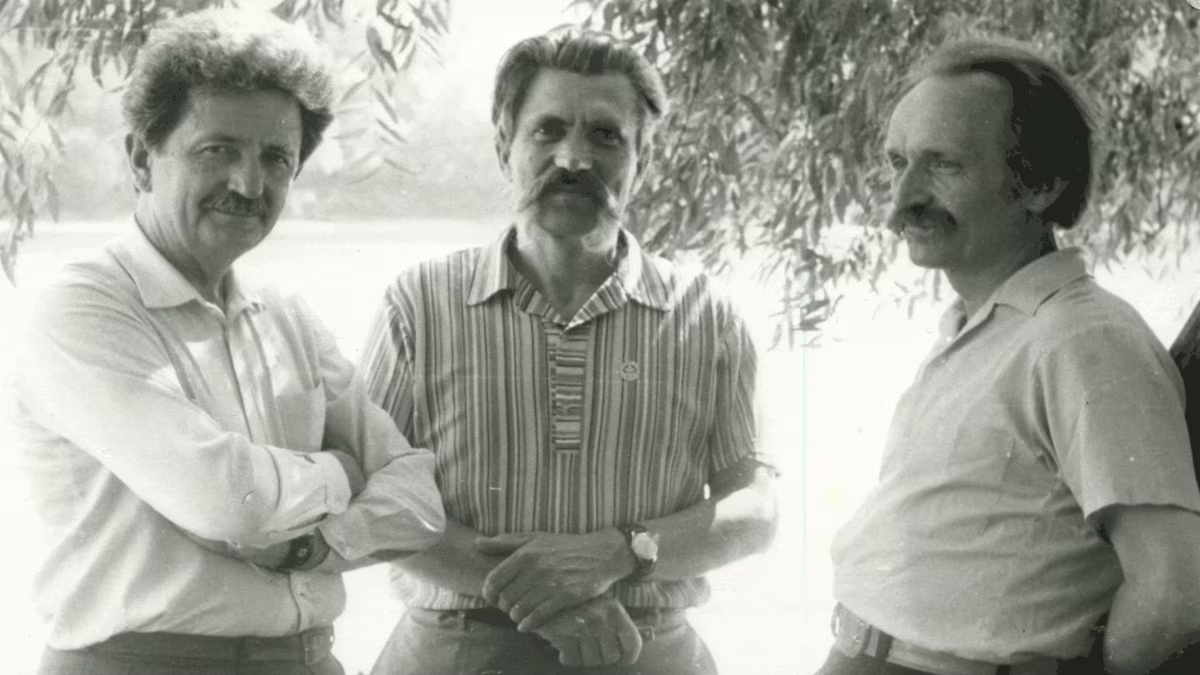The Ukrainian Helsinki Group is 47 years old: we talk about the creation and activities of the human rights organization

Ukrainian Helsinki Group was created on the 9th of November 1976 as a non-government organization that should monitor the human rights and the compliance of the government’s representatives with the Helsinki Accords. During a few years of its existence, the Group became quite famous both in Soviet Ukraine and on the international level.
The Helsinki Final Act is an official international document signed by countries-participants of the third phase of Conference on Security and Co-operation in Europe in 1975. One of those countries was the Soviet Union. Except for geopolitical points, there was a major demand for respect for human rights.
In this way, members of the UHG followed all the rules and laws of their host country when creating the organization. In fact, they were a simple monitoring non-government organization. Nevertheless, they probably knew that the reaction of the Soviet government would be extremely radical and oppressive.
The first known organization of this kind was the Moscow Helsinki Group, founded the same year in Russia with identical aims and methods. Different similar organizations were founded in Lithuania, Georgia, and Armenia. The representatives of all five groups supported contacts with each other.
However, at the first part of the 1980ies almost all active participants of the movement were either imprisoned (to the jail or psychiatric hospitals) or made to move abroad. The Soviet Government perceived the existence of the Helsinki Movement as sabotage inspired by the Western intelligence. Members of the Groups researched the cases of violation of human rights in the Soviet Union and tried to publish their results in international and Soviet sources. Most of those cases were major attacks on the international prestige of the Soviet Union.
In this way, members of the movement became an aim for the KGB and other official organs. There were numerous provocations as well as direct legal persecutions against the activists and the supporters of the Group. This eventually resulted in the mentioned dissolution of the Ukrainian Helsinki Group in 1981.
Nevertheless, UHG was an extremely important organization that made a major legal impact on the Soviet Union and international relations of that period, as well as the geopolitical history. This paper sets an aim of recalling the historical events surrounding the activity of the organization and to view them in the light of the global struggle for human rights today.
The origins of the organization
The organization was founded by Mykola Rudenko, a Ukrainian writer, poet, and a veteran of the Second World War who became a disabled person after a heavy injury by a German bullet. Rudenko defended human rights in the Soviet Union and proclaimed “anti-Soviet statements” both in his creative works and public activity. He had contacts with one of the main figures in the Russian dissident movement – Andrei Sakharov.
Due to persecutions at several points of time, almost all the active participants of the group were imprisoned. However, the new members of dissidents joined, forming the “next generation” of the organization.
Activity of the organization in the context of the global struggle for human rights
The concept of human rights was first introduced into the global legal practice after the Second World War and was profoundly influenced by the Nuremberg Trial. The amount of abuse and violation of the basic moral norms by nazis and their allies during the War was so profound that lawyers and thinkers stated that this is the point in the world’s history when such abuse should be condemned and classified as the separate legal category.
Contemporary history
The organization was dissolved in 1981. 23 years later, The Ukrainian Helsinki Human Rights Union (UHHRU) was established on April 1, 2004. It is the largest association of human rights organizations in Ukraine. The Union brings together 26 non-governmental human rights organizations.
The Ukrainian Helsinki Human Rights Union promotes the development of human societies based on respect to human life, dignity and harmonious relations between people, the state and nature through the creation of a platform for cooperation between the members of the Union and other members of the human rights movement. The UHHRU constitutes itself as part of the Helsinki movement and the continuation of traditions and activities of the Ukrainian Public Group to Promote the Implementation of the Helsinki Accords on Human Rights – the UHG.
The Supervisory Board of the Union included well-known figures of the human rights movement of the 1960s and 1980s: Myroslav Marynovich, Yosif Zisels, Vasyl Ovsienko.
Author: Iaroslav Petik, senior research fellow at the Museum of Outstanding Figures of Ukrainian Culture

